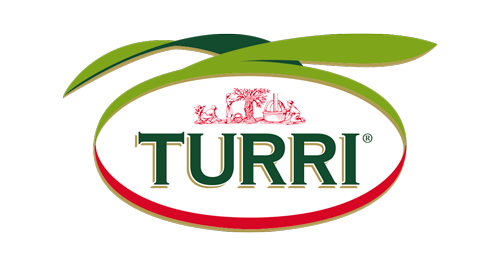Cavaion is an ancient hamlet, with an interesting history and cultural background. With the excuse of having held the Turri Memorial there last Saturday, we decided to find out something more about its fascinating past. Even though we live here, we often fail to pay proper attention to our hometown, so now, having discovered some interesting details, we would like to share them with you.
- The name of this hamlet first appeared in a will dating back to the year 1100. It was called Cavalion, but in another document dated 1130 it is referred to as Caput Leonis and Capalionis. These names, whose origin means either haystack or lion head, indicated a fortified area on the summit of a hill (as was the fortress at that time).
- The so-called “Map of Almagià” dating back to the mid Fifteenth century, illustrates the territory, depicting Mount Moscal, and the town of Cavaion with its church and fortress. The economy at that time relied on agriculture, and the countryside, with its terraced hills, was dotted with vineyards and olive groves.
- Echinolampas cavaionensis is a magnificent fossil of an echinoderm, similar to a sea urchin, whose name derives from Cavaion. Specimens of this fossil have also been found on Mount San Michele and Mount Moscal, which emerged from the sea between 15 to 12 million years ago.
- There is an interesting Archaeological Museum in Cavaion, with some fascinating finds on display such as pieces of pottery, bronze artifacts, daggers, amber, various objects in bone and weights for looms. Most of thwm were discovered near Lake Ca’ Nova in 1980 by some farmers ploughing their fields and prove the existence of human settlements in the early and mid Bronze Age (ca. 2000-1600 B.C.).
- San Michele alla Bastia was originally a prehistoric settlement, and then became a Roman town, Lombard fortress and subsequently a real citadel, or Bastia, whose walls embraced the entire summit of the hill. St. Michael was the patron saint of the Lombards. All the area is considered an archaeological site, and is still being explored.
- Introl, in ancient Raetic, was the word used to indicate a path. The introi in Cavaion are medieval alleys, narrow passages connecting the broader roads crossing the town. They are paved with pebbles, have stone steps and gutters, and are bordered by tall seregno walls surrounding the nearby properties.
- The tower of villa Trabucchi was one of the first fortified buildings erected in Cavaion. Berengar I of Italy granted permission to build it in 899 to protect the inhabitants of the territory from the Magyar raiders of the time.


